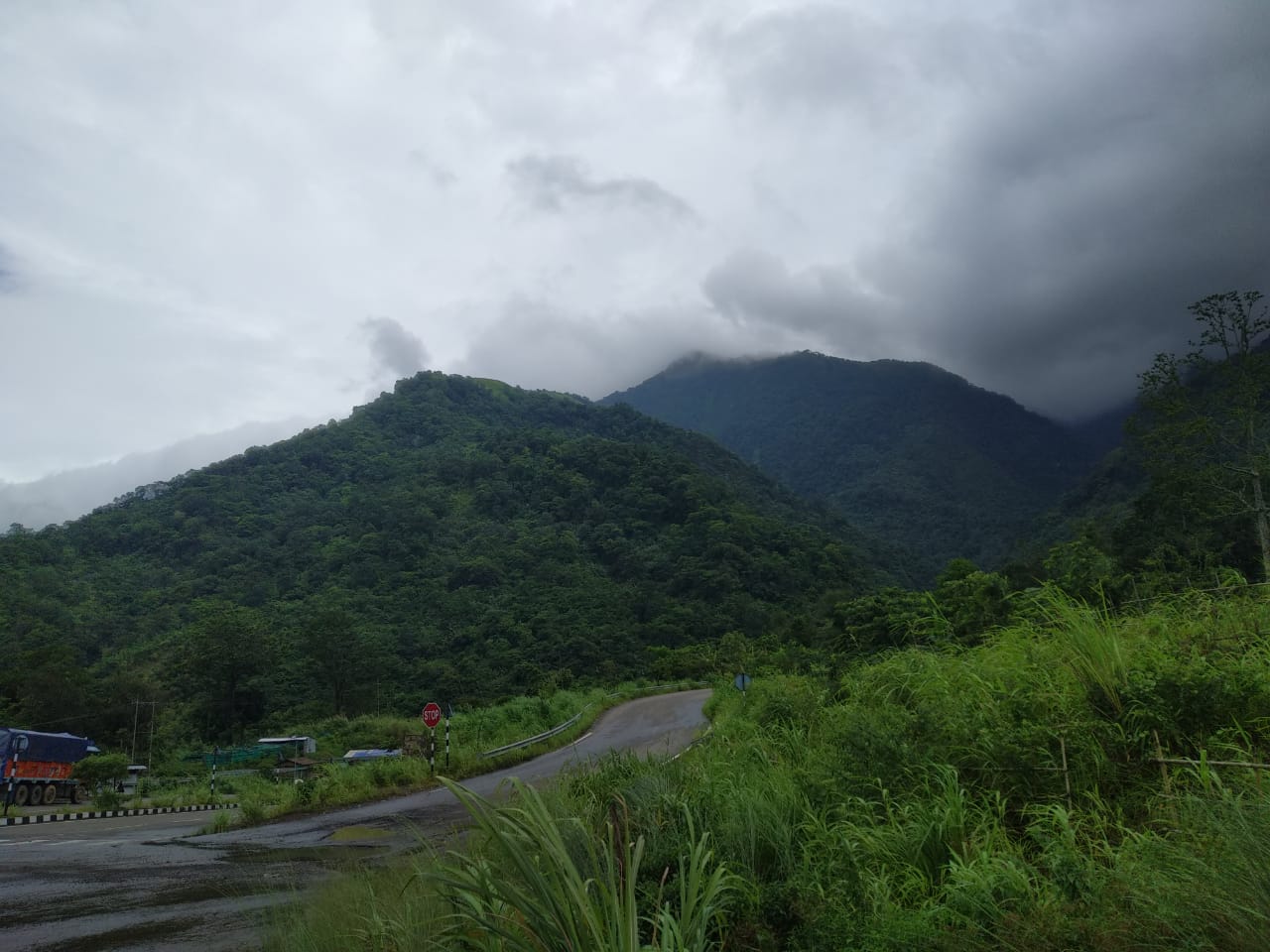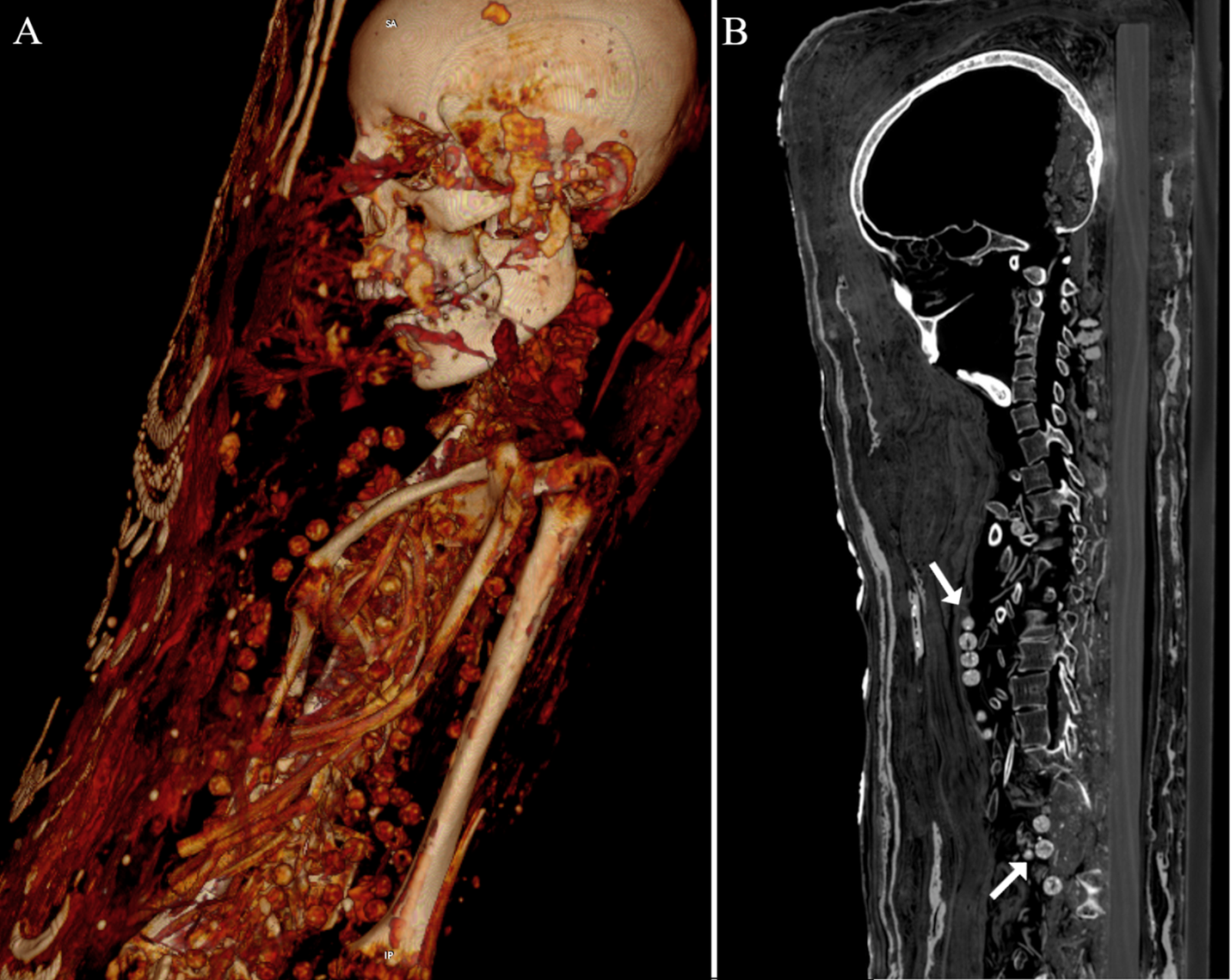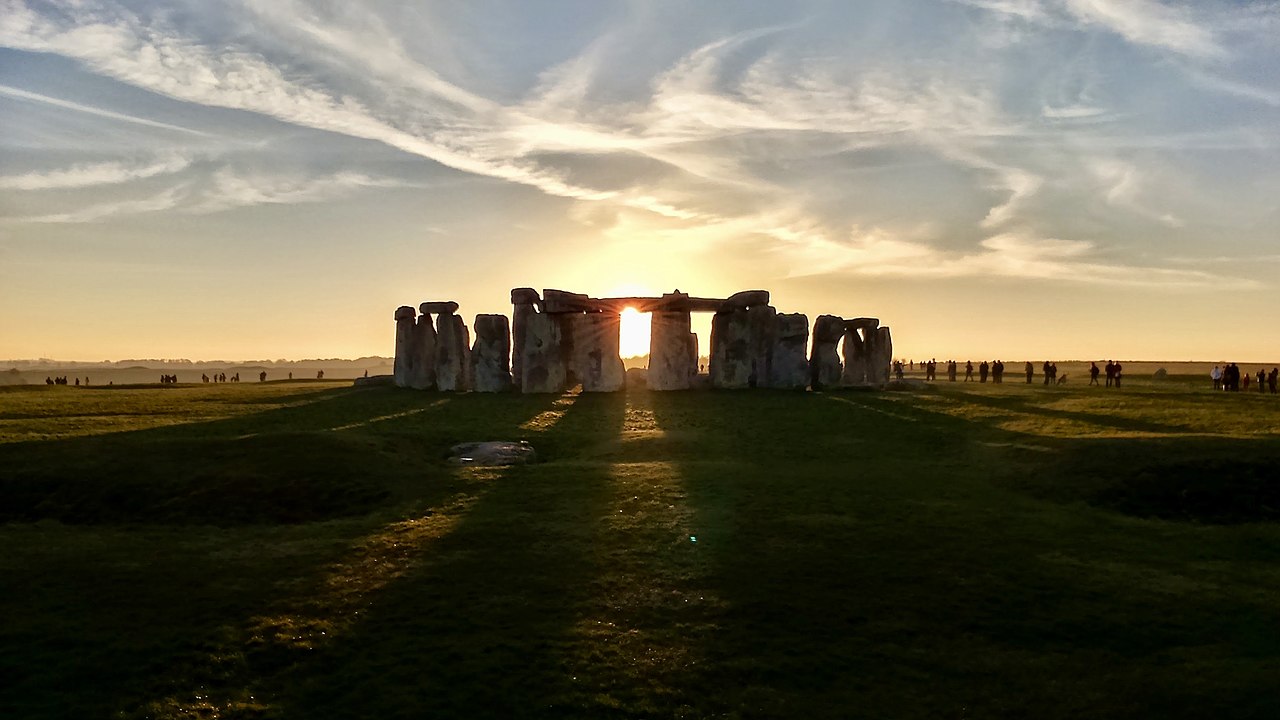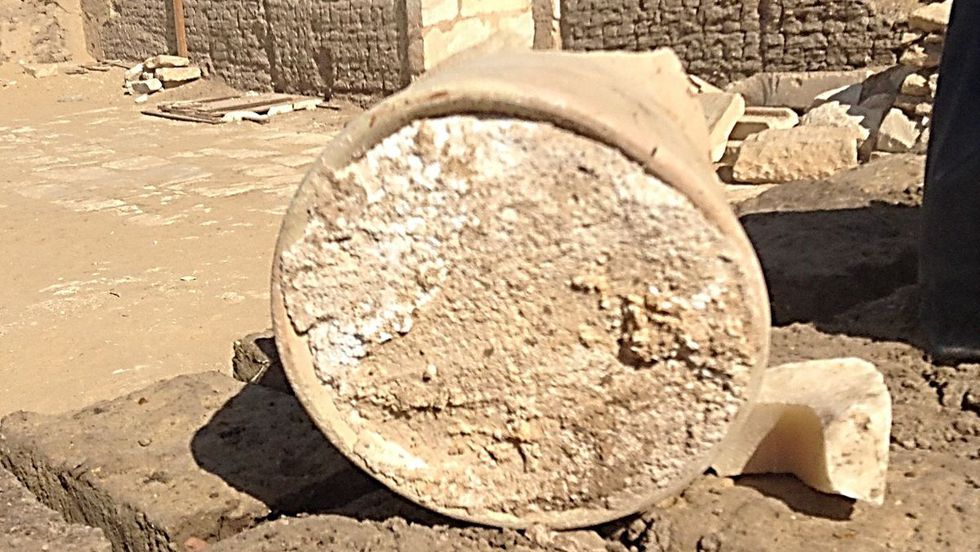Ancient stone jars in India remain a mystery to modern researchers

- Ancient stone jars have been found at excavation sites across Southeast Asia, from India to Indonesia.
- To solve this age-old mystery, archaeologists surveyed largely ignored sites in the Indian state of Assam.
- There are likely many more sites left to discover.
Archaeologists in Southeast Asia have repeatedly stumbled upon excavation sites filled to the brim with large stone jars, many of which have yet to be dated. The artifacts are as mysterious as the communities that left them behind, though current research estimates these ancient craftsmen lived sometime between the late second millennium BC and the early 13th century.
The purpose of these jars remains up for debate. In Laos, bodies were found around the jars. Some contained skeletal remains, suggesting they may have been used in ancient mortuary rituals. This same hypothesis has also been extended to the stone jars found in Indonesia and is supported by the excavation of urn burials in their direct vicinity.
The stone jar sites in Laos and Indonesia have become the subject of many scholarly articles. However, attention from researchers has occurred at the expense of other sites, such as those located in Myanmar and India. According to archaeologists Tilok Thakuria, Uttam Bathari, and Nicholas Skopal, this has made it difficult to investigate the cultural phenomenon’s true scale.
Given that these geographically separated communities engaged in the production of similarly looking objects, it is possible that they may have had sustained contact with each other. Consequently, studying the jar sites of other countries might help researchers better understand the jar sites in Laos and Indonesia and vice versa.
With this in mind, the aforementioned archaeologists set out to investigate a number of jar sites in the Indian province of Assam. Several of these sites were discovered as early as 1929. However, they had not yet been studied with modern analytical tools, meaning there was no available data from this region to place in a broader context alongside studies from different sites.
The history of the Assam jars
To correct this, the three archaeologists published a paper in the journal Asian Archaeology that not only itemizes the results of their 2020 survey from Assam’s Dima Hasao Province, but also aggregates previous studies and archaeological finds from jar sites discovered in this hilly and densely forested region of northeastern India.
The known jar sites are distributed over an area of roughly 300 square kilometers, with most of the sites located on ridge lines and hill slopes — a detail which may turn out to be important. Some sites consist of hundreds of stone jars. The jars are made from Berail sandstone, a locally sourced material. They vary in size, but the largest of them are more than three meters tall with a diameter of two meters. Most are “bulbous shapes with an elongated conical bottom,” though some are cylindrical or biconical. They display minimal decoration; a few are decorated with images of people and buffalo.
Previous research, while poorly organized, is nonetheless substantial. The Assam jars, Thakuria and his co-authors explain, were first described by civil servants James Phillip Mills and John Henry Hutton in 1929. Under the British Raj, they reported six sites, which they named after nearby towns: Derebore, Kobak, Kartong, Molongpa, Ndunglo, and Bolasan.
Mills and Hutton proposed the jars must have had some sort of “mortuary function.” They arrived at this conclusion for two reasons: first, they found bone fragments preserved in one of the jars; second, they observed ethnographic analogies in extant tribes that populated the area, namely the “practices of ancestral bone repository” of the Mikir, Sakchips, and others.
Surveying Dima Hasao
Subsequent investigations not only supported the ideas introduced by Mills and Hutton, but also uncovered as many as five new jar sites in Assam. In the 1930s, British anthropologist Ursula Graham Bower described the jars as “funerary urns” while living among the Zeme Naga, a tribe with villages that spanned across northeastern India.
Thakuria and his co-authors explain that the Zeme “believed the Siemi, a now lost people, made the jars to keep their dead along with burial goods, concealing the jars with lids. Zeme ancestors would search the jars for grave goods such as beads and iron objects.” Though Bower’s may not be accurate, research supports the possibility that the jars may have once had lids.

The next major research endeavor regarding the Assam jar sites took place in 2014. During that year, researchers associated with the Archaeological Survey of India, Guwahati Circle — led by Thakuria himself — attempted to relocate the sites described by Mills and Hutton. To narrow down their search, they focused on the villages the sites were named after. The researchers relocated all except the Ndunglo site.
The researchers compensated by making additional discoveries at the Hojai Dubungling site. Here, Thakuria found traces of what might have been a habitation site, along with a number of flat and elongated stones that were engraved with human figures. Similar engravings were found a kilometer away.
By 2019, a year before Thakuria, Bathari, and Skopal conducted their definitive survey of the Assam jar sites, a total of seven jar sites had been located. Due to the disjointed nature of the existing literature, the archaeologists focused on collecting and indexing data, rather than analyzing the jars themselves.
The discovery of new jar sites in India
At each site, the archaeologists recorded detailed information about each individual jar, from their dimensions and positions to decorations. Thakuria and his co-authors described up to 797 stone jars, spread over an area of 300 square kilometers.
The authors were pleased to announce their surveys “increase the number of known jar sites from seven to eleven.” In keeping with the tradition established by Mills and Hutton, they named each new site after a nearby village, including Thaimodholing (the namesake of two sites, Thaimodholing-1 and Thaimodholing-2), Lower Chaikam, and Herakilo.
Furthermore, Thakuria and his co-authors noticed that almost every jar site was located on spurs, ridge lines, or hill slopes, providing visitors with an impressive view of the landscape below. “During the 2020 survey,” the article states, “it was further revealed that the positioning of jars at some sites, for example Thaimodholing-1, suggest views are directional with jars purposely facing towards a particular area. This may suggest that the jars were placed to observe, or be observed from, a specific place in the landscape.”
While jar shapes varied dramatically, three distinct types emerged: those with bulbous tops and conical ends, biconical jars, and cylindrical jars. Nuchubunglo, the largest of the sites, displayed all three types.
Engraved footsteps and other mysteries
Some question marks looming over the Assam jars could not be dispelled through data alone. At two sites, Nuchubunglo and Lower Chaikam, Thakuria’s team discovered human footprints engraved on fragments of broken jars. Since these engravings were not present at other sites, they wondered if these engravings were left by the jars’ creators.
In order to figure this out, the archaeologists — like Bower before them — enlisted the help of the local population, who suggested that the footprints were carved by the present Zeme Naga “following the tradition of worshipping the footprints of the Rani Gaidinliu, a Naga spiritual and political leader who led a revolt against British rule in India.”

Despite the archaeologists’ best efforts, many mysteries about the Assam jars remain unsolved. We still know little to nothing about the ancient communities that made and used these artifacts. On top of that, the jars themselves have yet to be dated with considerable accuracy. According to the article, this is due to difficulties inherent in the dating process.
Lack of certainty has not prevented researchers from introducing their own hypotheses. Some archaeologists have suggested that the creators of the Assam jars were members of the Austro-Asiatic language family, a notion supported by semi-recent articles showing that Austro-Asiatic speaking people moved into India and Southeast Asia in successive waves.
Thakuria and his co-authors leave their readers with the fact that there are, probably, many more ancient jar sites in India and Southeast Asia waiting to be discovered. They add that further research could focus on comparing the Assam jar sites with those found in Laos and Indonesia to “better understand the likely cultural relationship” between them.





